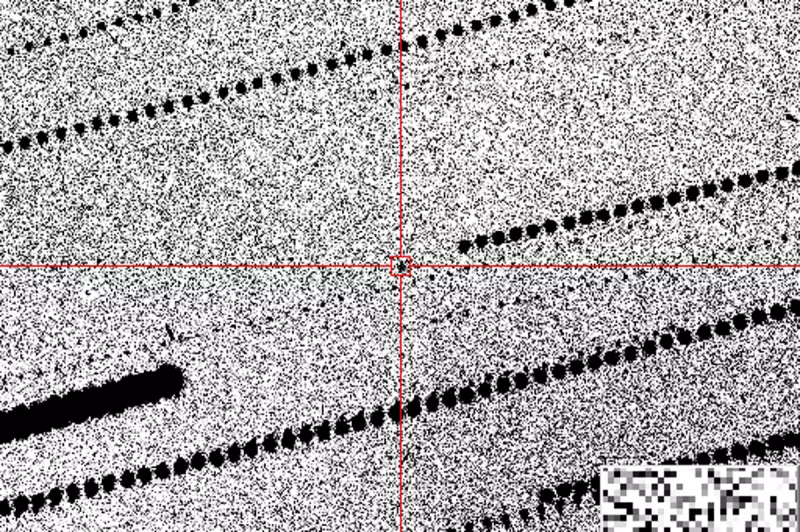
The European Space Agency (ESA) is currently tracking a substantial space rock making its way through our cosmic neighbourhood. Designated asteroid 2025 TF, this celestial visitor is set to make a relatively close approach to Earth, capturing the attention of astronomers and space enthusiasts alike.
What We Know About This Cosmic Visitor
Measuring between 52 and 120 metres in diameter, asteroid 2025 TF compares in size to a professional football pitch or a large commercial building. While these dimensions might sound alarming, ESA officials have confirmed the object will maintain a safe distance during its closest approach.
The space agency's Near-Earth Object Coordination Centre continues to monitor the asteroid's trajectory with precision, using advanced tracking systems to ensure accurate orbital predictions.
A Safe Passage Through Our Neighborhood
According to the latest calculations, asteroid 2025 TF will make its closest approach to Earth on Wednesday, remaining at a distance of approximately 4.6 million kilometres. To put this in perspective, that's nearly twelve times the distance between Earth and the Moon.
"There is absolutely no cause for concern," stated an ESA spokesperson. "This distance is considered perfectly safe by astronomical standards, but it's close enough to be of scientific interest."
Why Tracking Matters for Planetary Defense
Events like this underscore the importance of ongoing asteroid monitoring programmes. While 2025 TF poses no threat, its detection and tracking demonstrate the capabilities of modern planetary defense systems.
The ESA's vigilance forms part of a global effort to identify and characterize near-Earth objects that could potentially pose risks in the future. Regular monitoring allows scientists to:
- Refine orbital prediction models
- Study asteroid composition and characteristics
- Develop potential deflection strategies
- Improve early warning systems
This particular asteroid belongs to the Apollo group of near-Earth objects, which have orbits that cross Earth's path around the Sun.
The Bigger Picture of Space Surveillance
The detection of 2025 TF highlights how our ability to spot and track potentially hazardous asteroids has significantly improved in recent years. Advanced telescopes and detection systems now regularly identify objects that would have gone unnoticed decades ago.
Amateur astronomers with moderate-sized telescopes may be able to spot the asteroid as it makes its closest approach, though tracking its movement will require precise timing and coordinates.
As space agencies continue to enhance their monitoring capabilities, each close approach provides valuable data that strengthens our planetary defense systems and deepens our understanding of the dynamic environment we inhabit within our solar system.




